
The Big Savage Tunnel is one of the structural marvels of Pennsylvania, located near mile marker 23 along what is now the Great Allegheny Passage hiking/biking trail in Somerset County.

History of the Big Savage Tunnel
In the early 1900s coal and steel were king in this region, and the Western Maryland Railway sought to connect Maryland to Pennsylvania and grab a slice of that lucrative pie.

In April of 1910 the 87 mile long “Connellsville Extension” construction project was begun, and 4 tunnels would be needed to make the rail line connection possible. The longest of these 4 tunnels would be the Big Savage Tunnel (the other 3 tunnels were the Borden, Brush, and Pinkerton tunnels).

The Big Savage Tunnel and the Connellsville Extension opened in 1912.

The 3,294 foot long tunnel was a critical link in that rail line, until the entire line was abandoned in 1975.
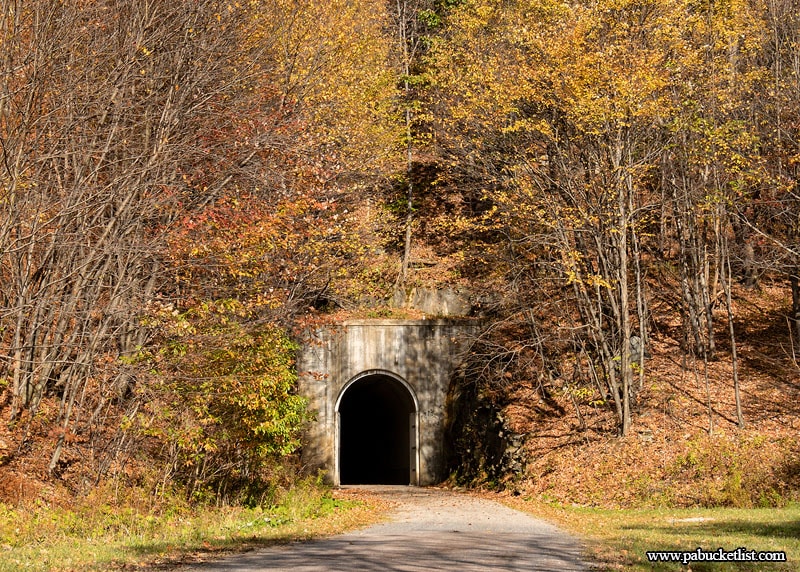
The tunnel fell into a state of disrepair until the late 1990s when the Allegheny Trail Alliance stepped in to restore the tunnel as part of a greater rails-to-trails initiative.

A new liner and drainage system were installed, as well as lighting.

How to Find the Big Savage Tunnel
For the purposes of the article I am going to describe a relatively short out-and back-hiking/biking excursion for those that want to do a simple day trip specifically to see the Big Savage Tunnel.

If you are biking the entire Great Allegheny Passage, you don’t really need directions as you are going to pass through the tunnel near mile marker 23 no matter which end of the GAP you start at!
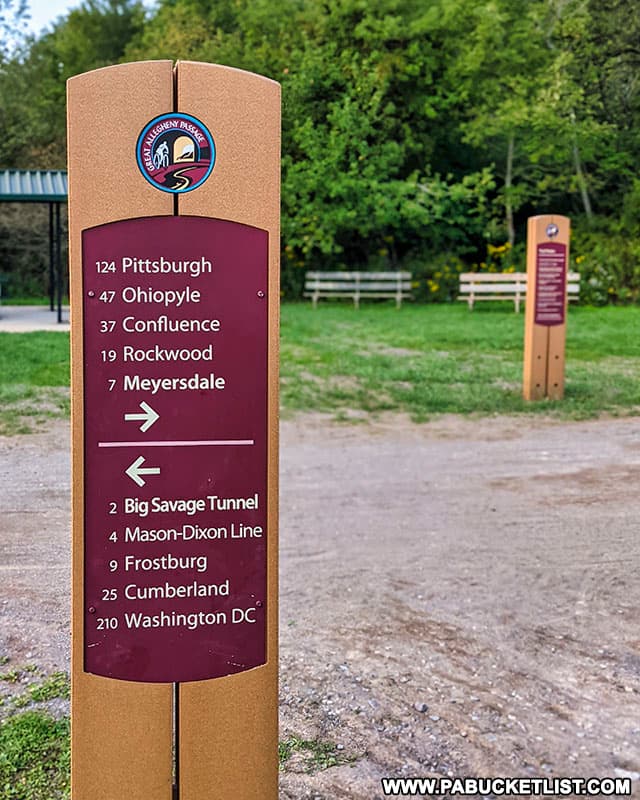
The closest trail head to the Big Savage Tunnel is located at Deal, with plenty of parking spots and restroom facilities located there.

The Deal Trail Head is located at GPS coordinates 39.761106, -78.931217.

The Big Savage Tunnel is located 2 miles south of the Deal Trail Head.

The Eastern Continental Divide
Halfway between Deal and the Big Savage Tunnel, you’ll cross the Eastern Continental Divide, at GPS coordinates 39.753452, -78.916026.
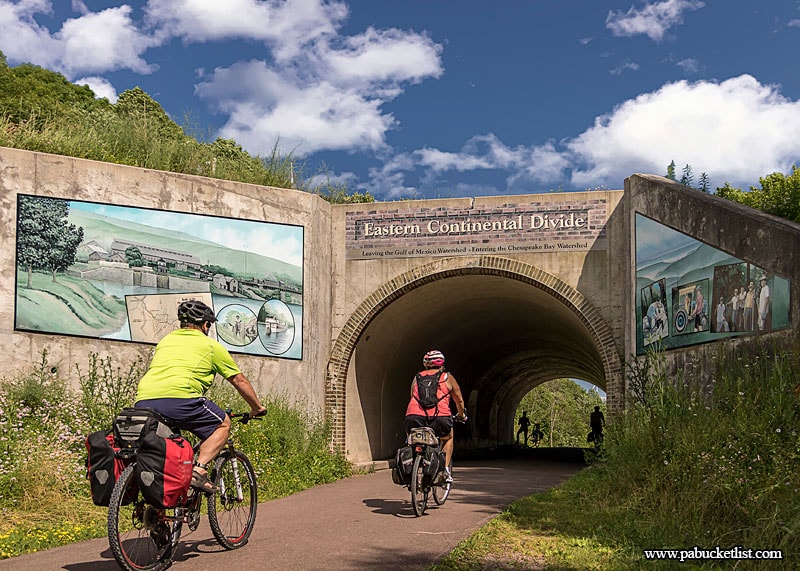
The Eastern Continental Divide is a raised divide in the terrain of the eastern United States that separates the Atlantic Seaboard Watershed from the Gulf of Mexico watershed.

Snowfall, rain, streams, and rivers on the eastern/southern side of the divide flows to the Atlantic Ocean, whereas water on the western/northern side of the divide drains into the Gulf of Mexico.

At 2,390 feet above sea level, this is also the highest point on the Great Allegheny Passage.

Continuing On Towards the Tunnel
While traversing the remaining one mile between the Eastern Continental Divide and the Big Savage Tunnel, be on the lookout for wildlife great and small. In the summer months I consistently see as many butterflies on that stretch of the trail as just about anywhere else in Pennsylvania.

Deer are also a frequent sight on and along the Great Allegheny Passage, especially early or late in the day.
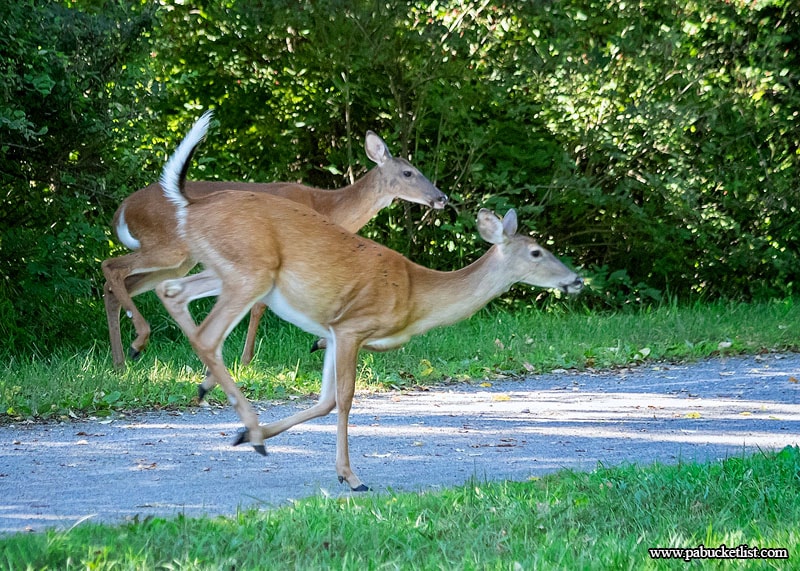
The approach to the Big Savage Tunnel is like something out of a Tolkien novel, with the long tunnel disappearing into the massive mountain like the Hall of a Dwarven King.

Origin of the Savage Name
The Savage name, incidentally, is not a reference to Native Americans, but rather an 18th century surveyor named John Savage, who led a surveying expedition in that area in 1736-1737.
During the winter of 1736 his survey team ran out of food and nearly starved to death in the cold and snow. In an act of almost unbelievable selflessness, John Savage offered to become the “provisions” his team needed to survive. But as luck would have it they were rescued before this drastic measure was taken.
In honor of his heroic gesture, several nearby mountains, streams, and even a village bear the Savage name, as does the tunnel.

The tunnel is illuminated, but a headlamp and tail light are still good ideas from a safety standpoint.

Emerging on the southeastern end of the tunnel you are treated to majestic views of western Maryland from the Big Savage Overlook.
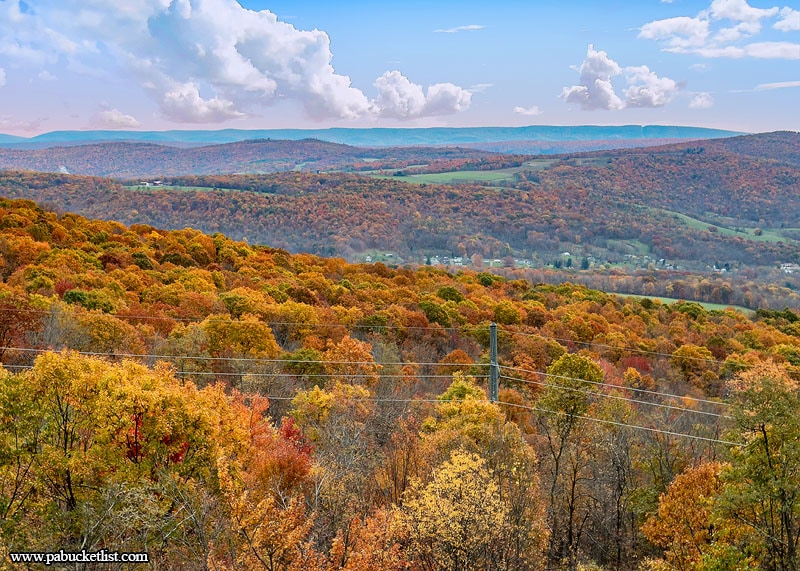
It is little wonder that this section of the Great Allegheny Passage is especially busy in the month of October, as the mountain ridges are ablaze with color.
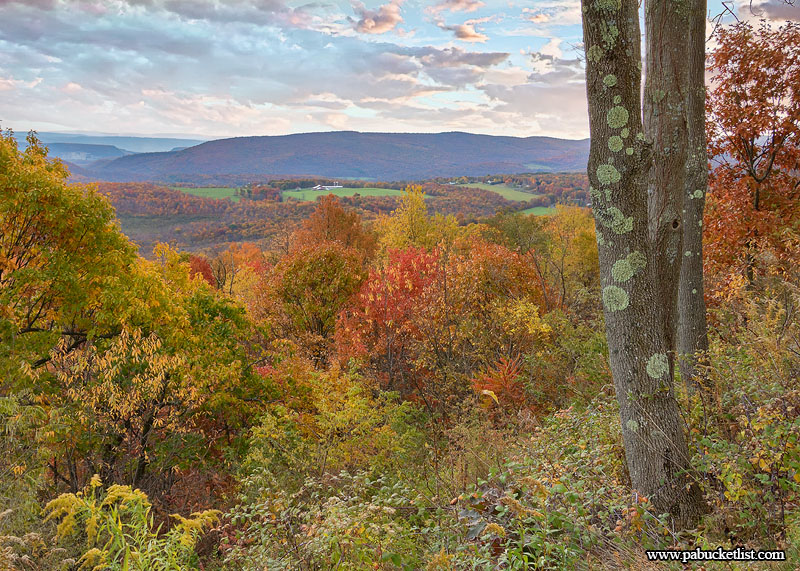
Just south of the tunnel is a restroom and picnic pavilion, also popular with the local deer population.

Important Note: The Big Savage Tunnel is closed over the winter, typically from the first week of December until the first week of April. This is to help maintain a constant temperature inside the tunnel and prevent freeze/thaw damage to the tunnel liner. You can find out more specific dates for the opening/closing of the tunnel by visiting the “Trail Alerts” section on the GAP Trail’s official website.

We should all be grateful that the rails-to-trails movement has preserved and repurposed so many of these historic structures. For anyone who enjoys discovering remnants of Pennsylvania’s railroading past, I’d highly recommend adding a trip to the Big Savage Tunnel to your PA Bucket List!
Related Articles
10 PA Rail Trails Anyone Can Enjoy is your guide to some of the best rail trail across Pennsylvania!

Nearby Attractions
The Mason and Dixon Line Park is a small but educational park at the southernmost point of the Great Allegheny Passage in Pennsylvania.

Surveyed to settle a land dispute between two prominent English colonial families (the Penns and the Calverts), the Mason-Dixon line later became famous as the line between free and slave states prior to the Civil War.

The Salisbury Viaduct is another amazing engineering marvel along the Great Allegheny Passage, and is roughly 10 miles north of the Big Savage Tunnel.
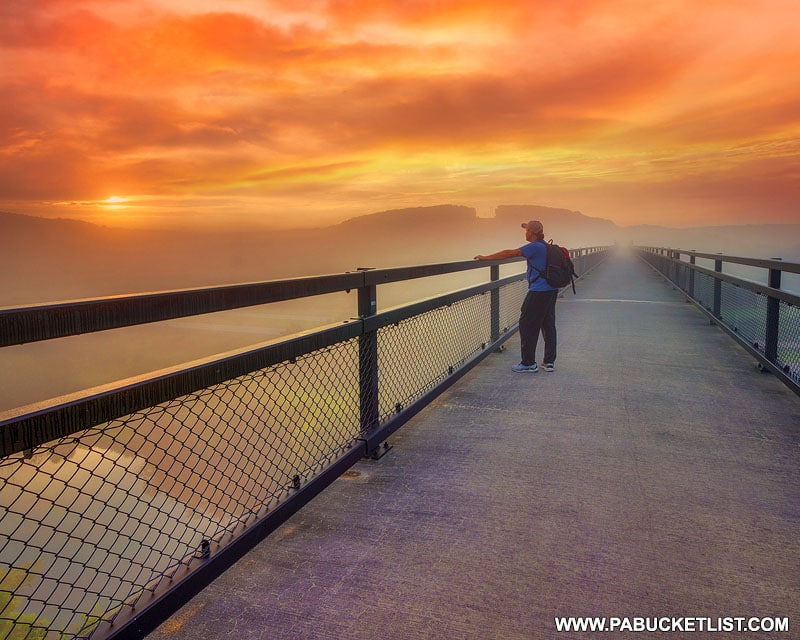
The views from the Salisbury Viaduct are incredible, and for many folks this is one of the highlights of the entire 150 mile-long Great Allegheny Passage.

If mountain vistas are your thing, be sure to check out “The 14 Best Scenic Overlooks in the Laurel Highlands” for directions to ALL the best views in the area!
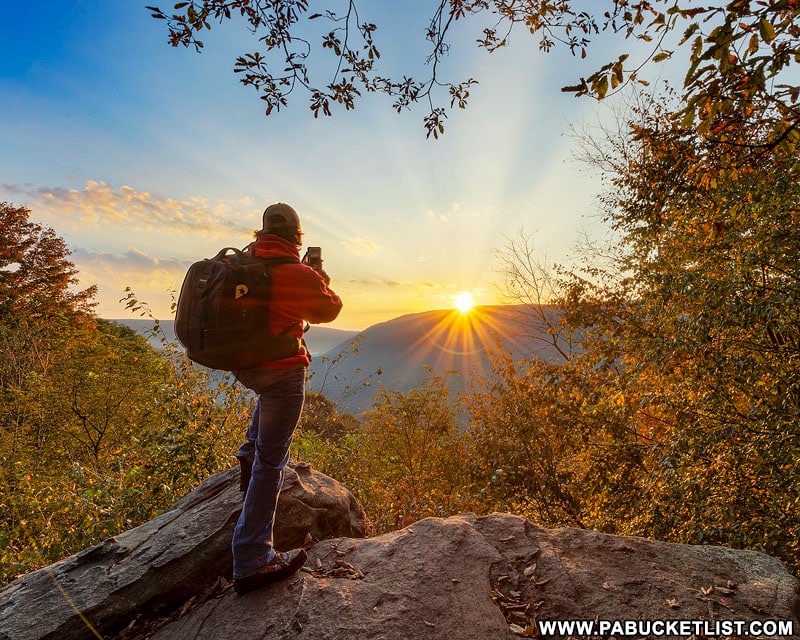
The Laurel Highlands are home to an incredible array of waterfalls – be sure to check out “23 Must-See Waterfalls in the Laurel Highlands” for directions to the best ones!

Did you enjoy this article?
If so, be sure to like and follow PA Bucket List on Facebook, Instagram, and/or Pinterest to learn more about the best things to see and do in Pennsylvania!
Click on any of the icons below to get connected to PA Bucket List on social media.


